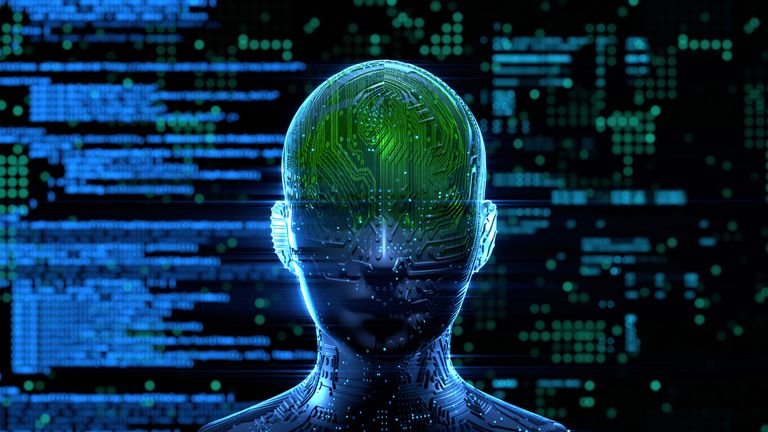Imagine a race where the runners keep speeding up—but no one’s building the track. That’s exactly what’s happening with artificial intelligence (AI) right now. Companies are releasing faster, smarter, and more powerful AI models, but governments and regulators are struggling to keep up.

The result? A dangerous gap between AI innovation and AI safety rules.
In this article, we’ll break down:
- Why AI regulation is moving so slowly
- Which countries are leading (and which are failing)
- The biggest risks of unchecked AI development
- What needs to happen next
If you care about tech, privacy, or the future of society, this is a problem you need to understand.
Why Is AI Regulation So Slow?
1. Governments Don’t Agree on the Risks
Some leaders think AI could destroy jobs and spread misinformation. Others believe it’s the key to economic growth. Without consensus, laws stall.
2. Tech Companies Are Moving Faster Than Laws
- 2023: ChatGPT shocks the world
- 2024: AI clones voices, writes malware, and influences elections
- 2025 (Predicted): AI could automate entire industries
Meanwhile, most countries still don’t have basic AI safety laws.
3. Lobbying Delays Rules
Big tech companies spend millions to shape regulations in their favor—often slowing down strict rules.
Who’s Leading (And Who’s Falling Behind)?
| Country | AI Regulation Status | Key Problem |
|---|---|---|
| EU | AI Act passed (2024) | Rules take years to enforce |
| USA | Guidelines only (no laws yet) | Congress stuck in debates |
| China | Strict but vague rules | Focuses on control, not safety |
| UK | “Light-touch” approach | Too relaxed on risks |
| Global UN Efforts | Still just talking | No binding agreements |
“We’re playing catch-up while AI evolves at lightning speed.”
—AI Policy Expert at MIT
5 Biggest Risks of Unregulated AI
- Deepfake Chaos – Fake videos could swing elections or start wars.
- Job Displacement – AI could automate 40% of jobs in 10 years—with no safety net.
- Bias & Discrimination – AI already rejects job applicants based on race or gender.
- Autonomous Weapons – What if drones make life-or-death decisions?
- Superintelligence Risks – Could AI someday outsmart human control?
What Needs to Happen Next?
1. Faster Global Cooperation
Countries must agree on minimum safety standards—like nuclear treaties in the Cold War.
2. Stricter Rules for Dangerous AI
- Ban AI in weapons
- Require transparency in training data
- Force companies to prove safety before release
3. Public Pressure
Voters and consumers must demand action—or nothing will change.
FAQ: AI Safety & Regulation
1. Which country has the strictest AI laws?
The EU’s AI Act is the toughest so far, banning some high-risk AI uses.
2. Can AI really become dangerous?
Today’s AI isn’t “Terminator”-level—but deepfakes, scams, and job loss are real threats.
3. Why can’t we just pause AI development?
Some experts want a 6-month pause, but no country has enforced it. Too much money at stake.
4. How do I protect myself from AI risks?
- Fact-check strange videos (deepfakes)
- Use privacy tools (AI scrapes personal data)
- Support politicians pushing for AI laws
5. Will AI regulation kill innovation?
Good rules guide innovation, not stop it—just like car safety laws didn’t end driving.
6. What’s the #1 thing governments should do?
Fund AI safety research—today, it gets 100x less money than AI development.

The Bottom Line
AI is advancing faster than our ability to control it. Without urgent action, we risk:
- More misinformation
- Mass unemployment
- Unstoppable AI weapons
The good news? It’s not too late—but the world needs to wake up.
Want to help? Share this article and ask leaders where they stand on AI laws.
